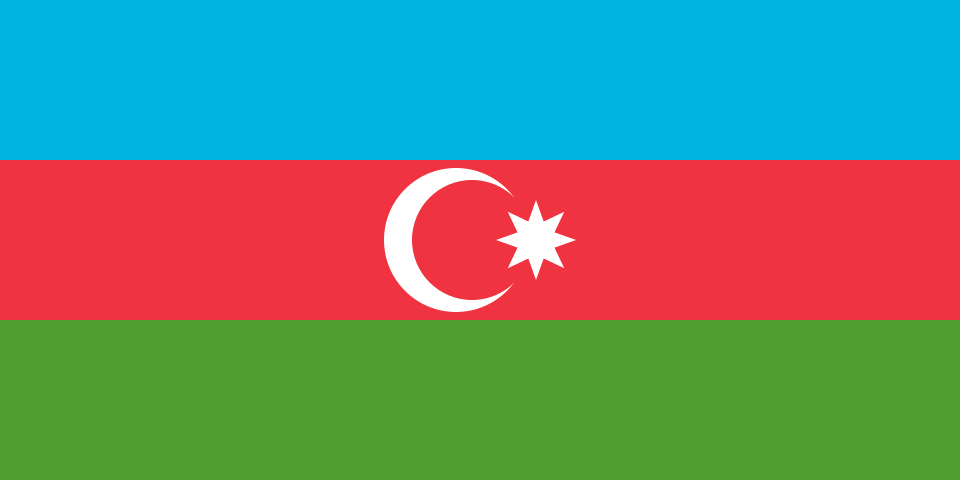压力设备
压力容器和管道可能存在极大危险。19世纪时,蒸汽锅炉频繁爆炸,往往带来灾难性后果,正是这些事件促使了我们公司的成立。近150年来,TÜV奥地利始终致力于蒸汽和压力技术领域的安全标准制定与监管。
总体安全性、适用性以及盈利能力,对我们的客户而言都至关重要。鉴于该领域存在的风险及其复杂性,我们需要一个具备丰富实践经验的强大合作伙伴。我们不仅在蒸汽发生压力容器、气体技术、压力技术、加热技术,以及材料和焊接技术等领域具备专业能力,还掌握了气体和易燃液体运输方面的专业知识。
菜单
压力容器和管道可能存在极大危险。19世纪时,蒸汽锅炉频繁爆炸,往往带来灾难性后果,正是这些事件促使了我们公司的成立。近150年来,TÜV奥地利始终致力于蒸汽和压力技术领域的安全标准制定与监管。
总体安全性、适用性以及盈利能力,对我们的客户而言都至关重要。鉴于该领域存在的风险及其复杂性,我们需要一个具备丰富实践经验的强大合作伙伴。我们不仅在蒸汽发生压力容器、气体技术、压力技术、加热技术,以及材料和焊接技术等领域具备专业能力,还掌握了气体和易燃液体运输方面的专业知识。
压力设备(如蒸汽锅炉、压力容器、可移动式压力设备及工业管道系统)的安全性与功能可靠性,一直是公众和业界关注的重点。为此,根据法律规定,必须由具备压力设备认证与检验资质的机构执行以下测试和检查。
京都议定书
《京都议定书》于1997年底在京都通过。该议定书规定,在2008年至2012年期间,工业国家的排放量需比1990年减少约5.2%。欧盟的目标是,与1990年相比,实现气候相关排放量减少8%。奥地利减少温室气体排放(二氧化碳、甲烷、氮气、氟化碳)的配额为13%。如果不采取任何紧急措施,到2010年,交通产生的二氧化碳排放量将根据当前趋势进一步增加(与1990年相比)。在寻找新的创新技术时,研究人员总是会关注替代燃料。
替代燃料或替代驱动通常是指传统汽油或柴油的替代品,例如天然气或液化气,但生物柴油或通过传统电池或燃料电池提供的电力也可视为替代动力驱动。大约在1900年前后,电能和乙醇曾被视为未来热门选项中的佼佼者。
去年,TÜV奥地利向美国机械工程师协会(ASME)申请成为压力容器和锅炉的授权检验机构(AIA)。TÜV奥地利现已获准对根据美国ASME规范制造的新压力容器进行检验和认证。ASME锅炉与压力容器规范主要广泛应用于石油和天然气行业,不仅在加拿大和美国,而且在欧洲部分地区以及亚洲和中东地区也有应用。
美国机械工程师协会(ASME)的审查于2019年5月7日至9日由3名审核员进行,主要针对AIA质量手册以及授权检验员(AI)和授权检验员主管(AIS)的能力展示。由于准备充分,审查工作顺利完成,未发现任何不符合项。
这一成功得益于我们ASME团队的杰出努力,尤其是Martin Schwarz先生(压力设备能力中心主管)、Janos Kaponyi先生(AIS)、Koray Efe先生(AI)和Alexander Egger先生(质量管理)。
因此,TÜV奥地利现已成为全球24家获得AIA授权的组织之一,这是我们为压力领域的国际客户提供全方位服务战略的下一个重要步骤。
电话: +43 (0)504 54-0
传真: +43 (0)504 54-6105
邮箱: info@tuvaustria.com
Deutschstraße 10
1230 Wien
联系人:
Martin Schwarz, 压力设备能力中心主管, martin.schwarz@tuv.at
Janos Kaponyi, ASME授权检查员主管, janos.kaponyi@tuv.at
1 结果
Person / System / Product / OK recycled Certification

Verification of Conformity
输入数据并检查证书
我能帮您做什么?
我正在查找一个解决方案,但不知道它的名称。
我知道我的需求,但我找不到合适的解决方案。
我在查找培训或继续教育。
我在找一本技术书籍。
"*" indicates required fields
You cannot copy content of this page
TÜV Austria China
We firmly believe that the internet should be available and accessible to anyone, and are committed to providing a website that is accessible to the widest possible audience, regardless of circumstance and ability.
To fulfill this, we aim to adhere as strictly as possible to the World Wide Web Consortium’s (W3C) Web Content Accessibility Guidelines 2.1 (WCAG 2.1) at the AA level. These guidelines explain how to make web content accessible to people with a wide array of disabilities. Complying with those guidelines helps us ensure that the website is accessible to all people: blind people, people with motor impairments, visual impairment, cognitive disabilities, and more.
This website utilizes various technologies that are meant to make it as accessible as possible at all times. We utilize an accessibility interface that allows persons with specific disabilities to adjust the website’s UI (user interface) and design it to their personal needs.
Additionally, the website utilizes an AI-based application that runs in the background and optimizes its accessibility level constantly. This application remediates the website’s HTML, adapts Its functionality and behavior for screen-readers used by the blind users, and for keyboard functions used by individuals with motor impairments.
If you’ve found a malfunction or have ideas for improvement, we’ll be happy to hear from you. You can reach out to the website’s operators by using the following email
Our website implements the ARIA attributes (Accessible Rich Internet Applications) technique, alongside various different behavioral changes, to ensure blind users visiting with screen-readers are able to read, comprehend, and enjoy the website’s functions. As soon as a user with a screen-reader enters your site, they immediately receive a prompt to enter the Screen-Reader Profile so they can browse and operate your site effectively. Here’s how our website covers some of the most important screen-reader requirements, alongside console screenshots of code examples:
Screen-reader optimization: we run a background process that learns the website’s components from top to bottom, to ensure ongoing compliance even when updating the website. In this process, we provide screen-readers with meaningful data using the ARIA set of attributes. For example, we provide accurate form labels; descriptions for actionable icons (social media icons, search icons, cart icons, etc.); validation guidance for form inputs; element roles such as buttons, menus, modal dialogues (popups), and others. Additionally, the background process scans all the website’s images and provides an accurate and meaningful image-object-recognition-based description as an ALT (alternate text) tag for images that are not described. It will also extract texts that are embedded within the image, using an OCR (optical character recognition) technology. To turn on screen-reader adjustments at any time, users need only to press the Alt+1 keyboard combination. Screen-reader users also get automatic announcements to turn the Screen-reader mode on as soon as they enter the website.
These adjustments are compatible with all popular screen readers, including JAWS and NVDA.
Keyboard navigation optimization: The background process also adjusts the website’s HTML, and adds various behaviors using JavaScript code to make the website operable by the keyboard. This includes the ability to navigate the website using the Tab and Shift+Tab keys, operate dropdowns with the arrow keys, close them with Esc, trigger buttons and links using the Enter key, navigate between radio and checkbox elements using the arrow keys, and fill them in with the Spacebar or Enter key.Additionally, keyboard users will find quick-navigation and content-skip menus, available at any time by clicking Alt+1, or as the first elements of the site while navigating with the keyboard. The background process also handles triggered popups by moving the keyboard focus towards them as soon as they appear, and not allow the focus drift outside it.
Users can also use shortcuts such as “M” (menus), “H” (headings), “F” (forms), “B” (buttons), and “G” (graphics) to jump to specific elements.
We aim to support the widest array of browsers and assistive technologies as possible, so our users can choose the best fitting tools for them, with as few limitations as possible. Therefore, we have worked very hard to be able to support all major systems that comprise over 95% of the user market share including Google Chrome, Mozilla Firefox, Apple Safari, Opera and Microsoft Edge, JAWS and NVDA (screen readers).
Despite our very best efforts to allow anybody to adjust the website to their needs. There may still be pages or sections that are not fully accessible, are in the process of becoming accessible, or are lacking an adequate technological solution to make them accessible. Still, we are continually improving our accessibility, adding, updating and improving its options and features, and developing and adopting new technologies. All this is meant to reach the optimal level of accessibility, following technological advancements. For any assistance, please reach out to








